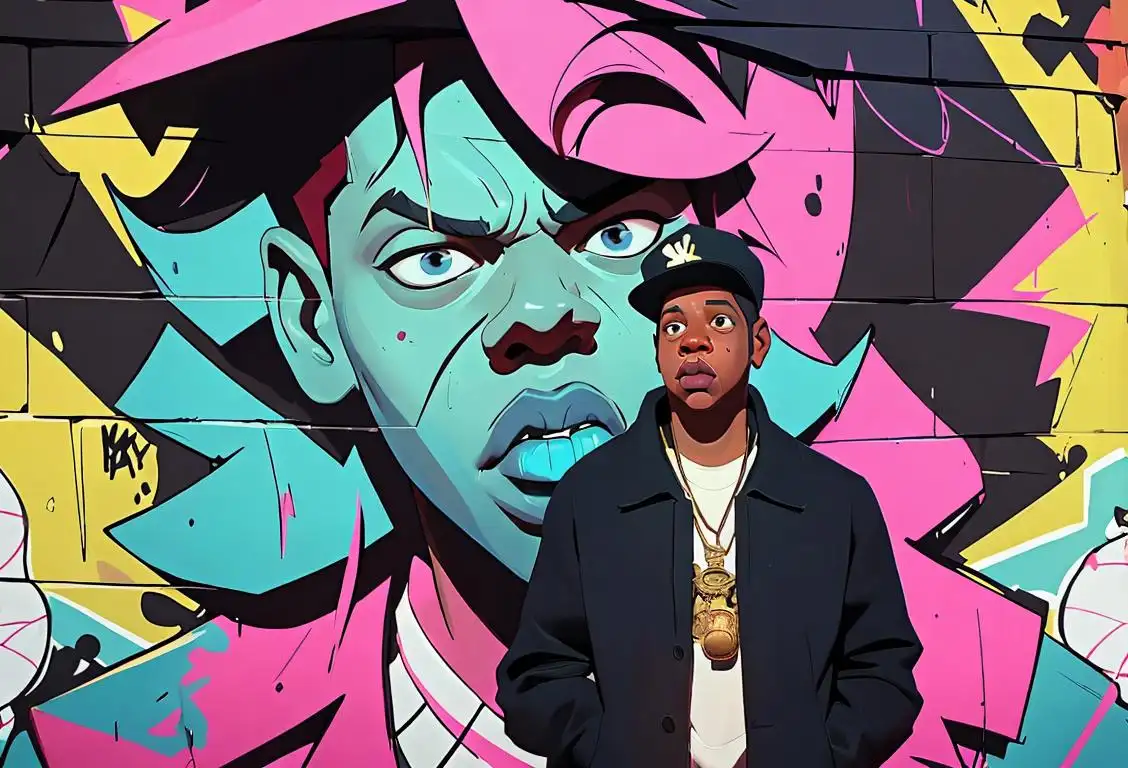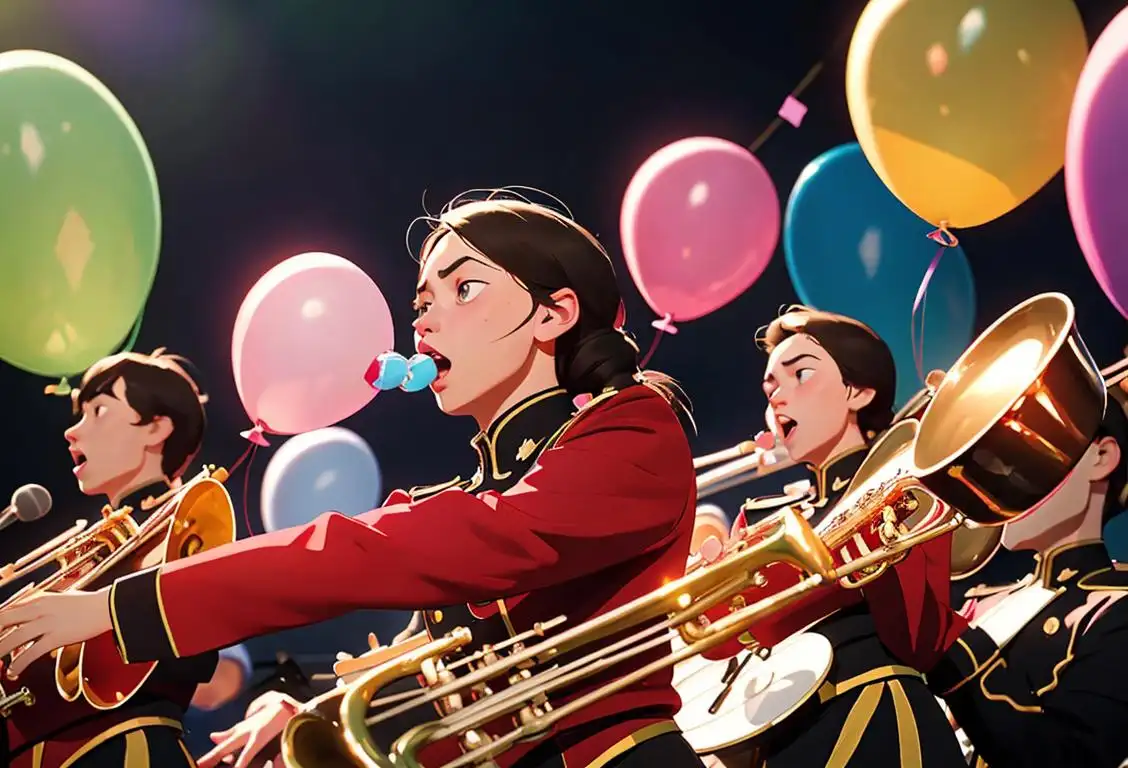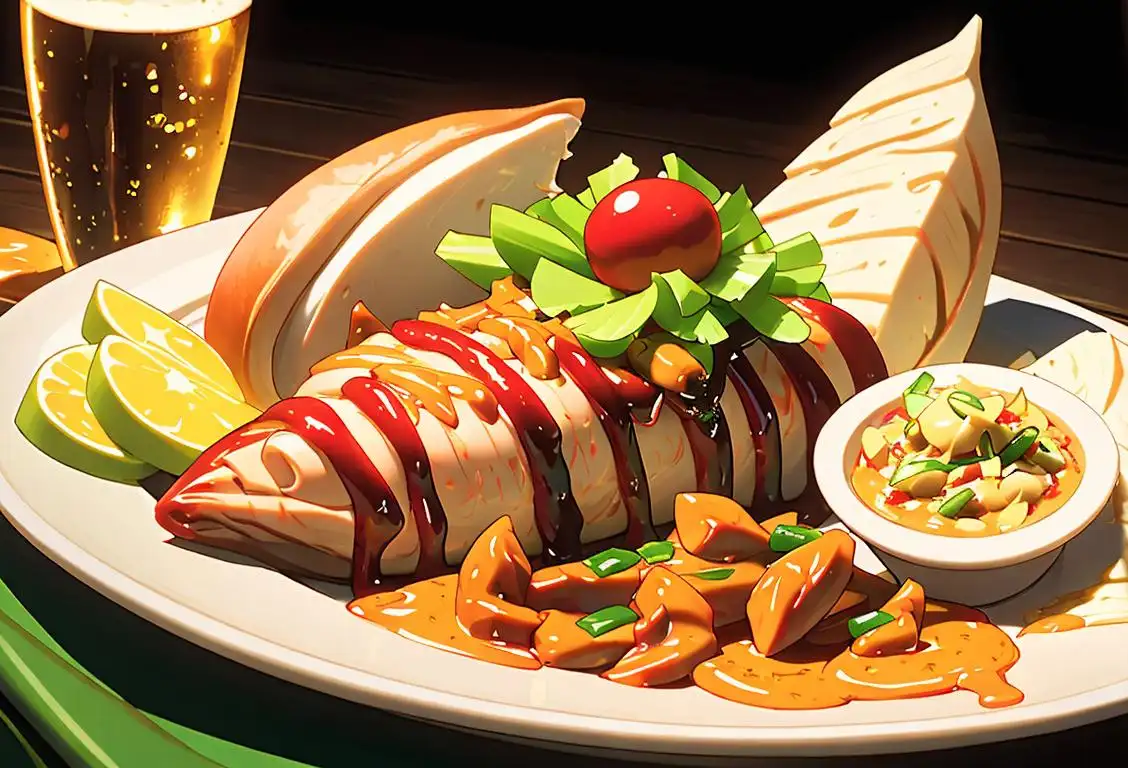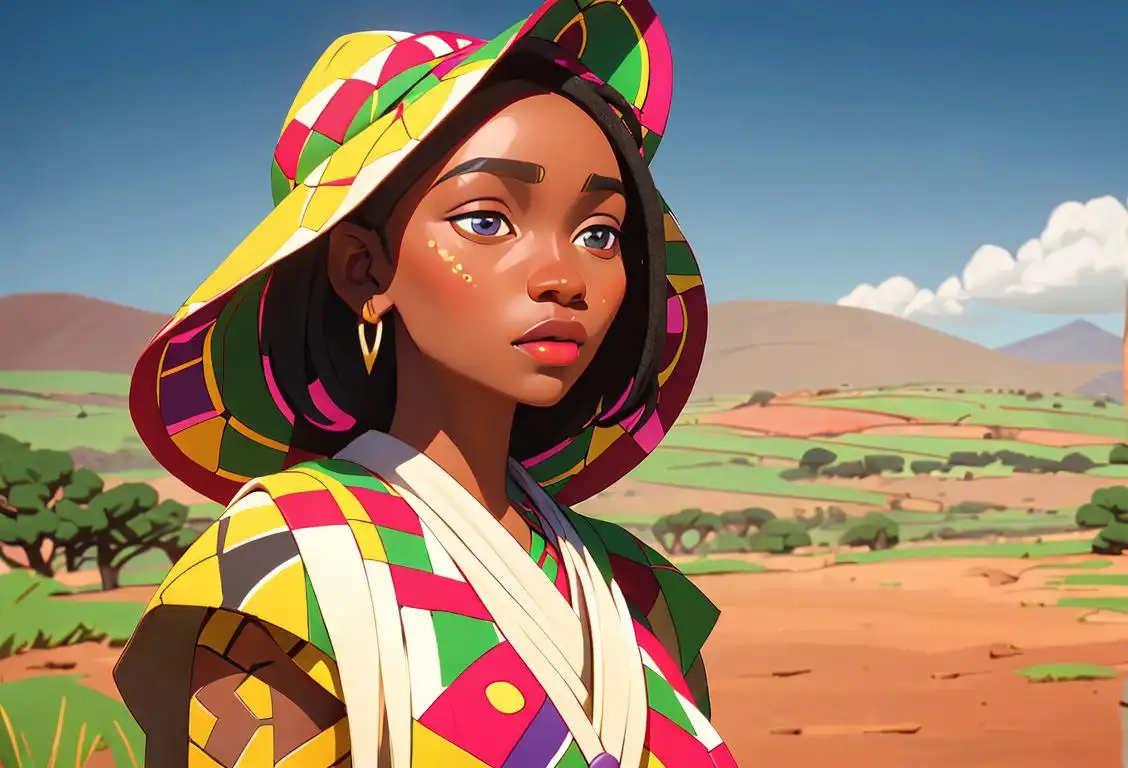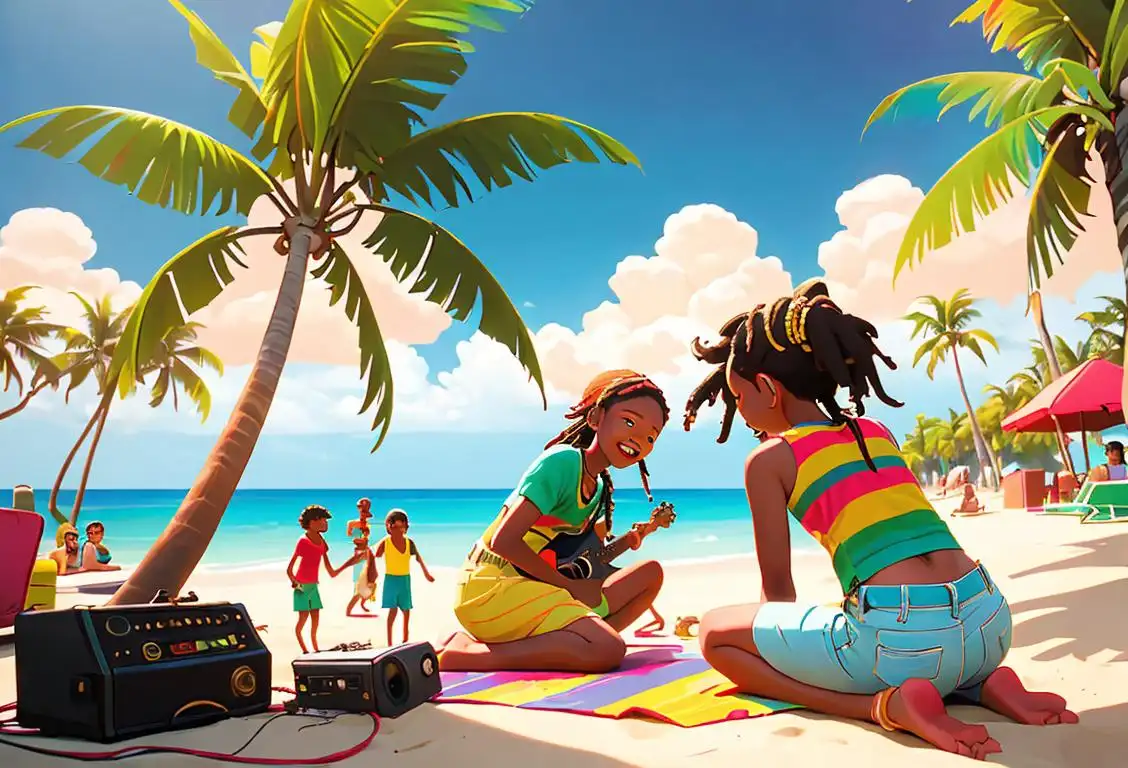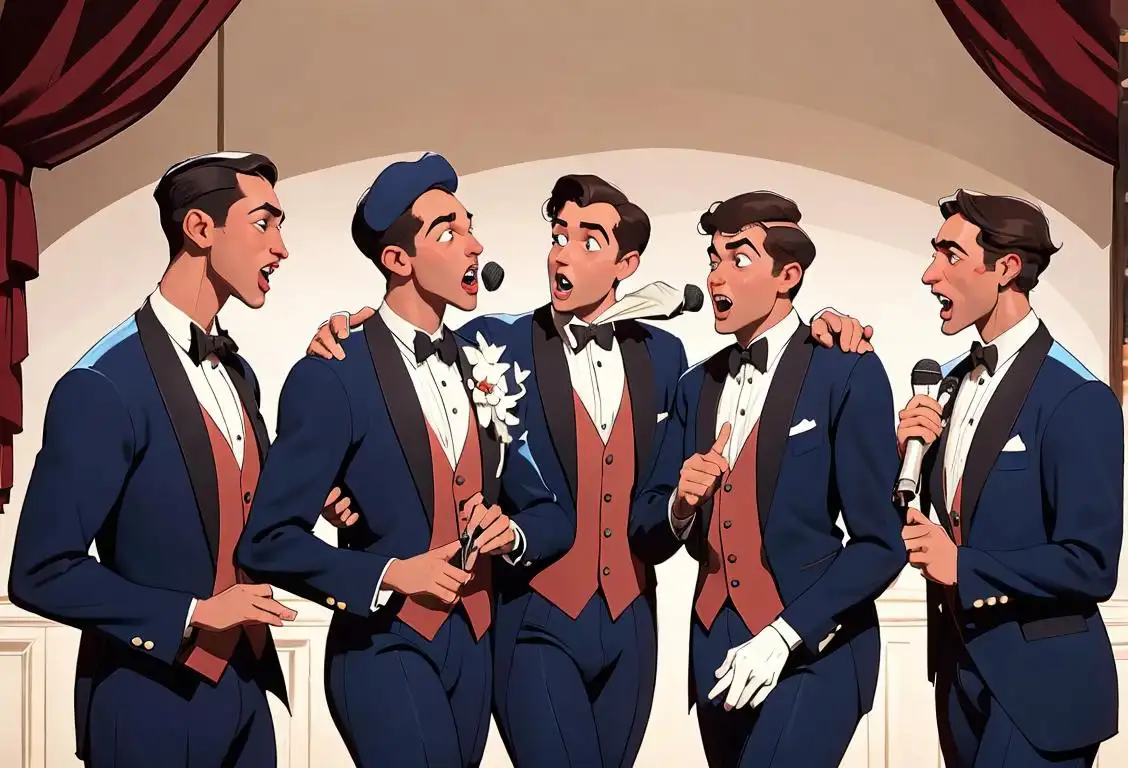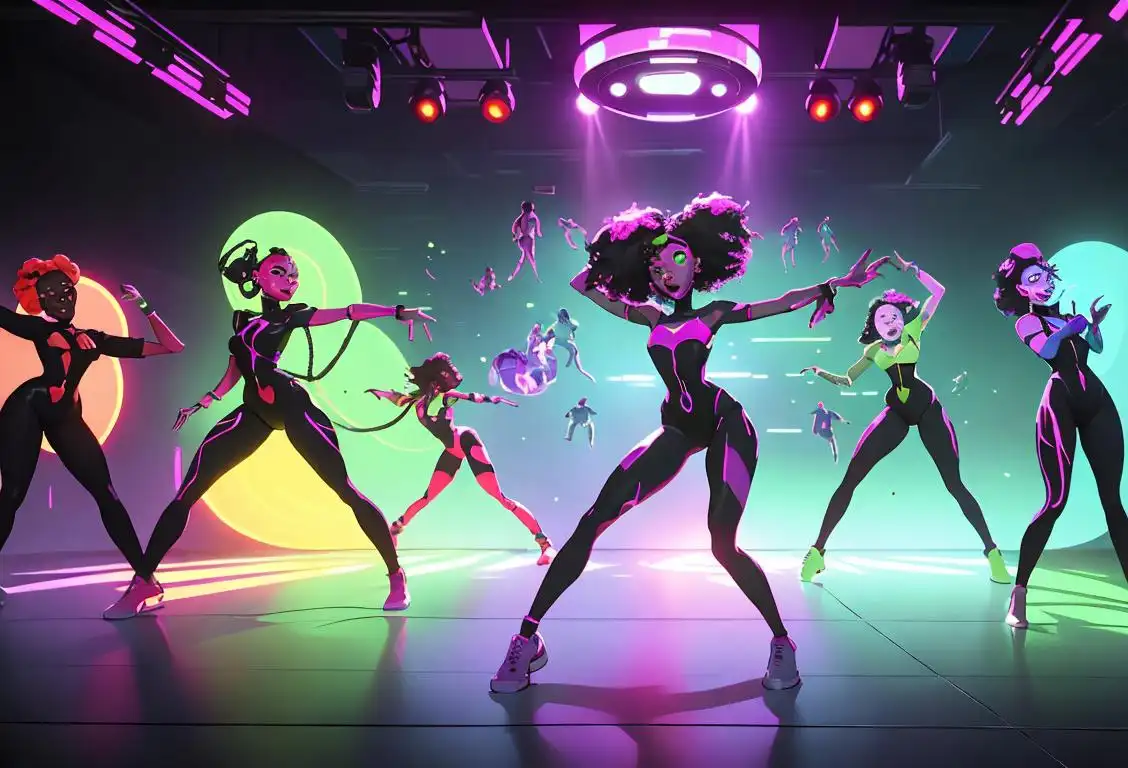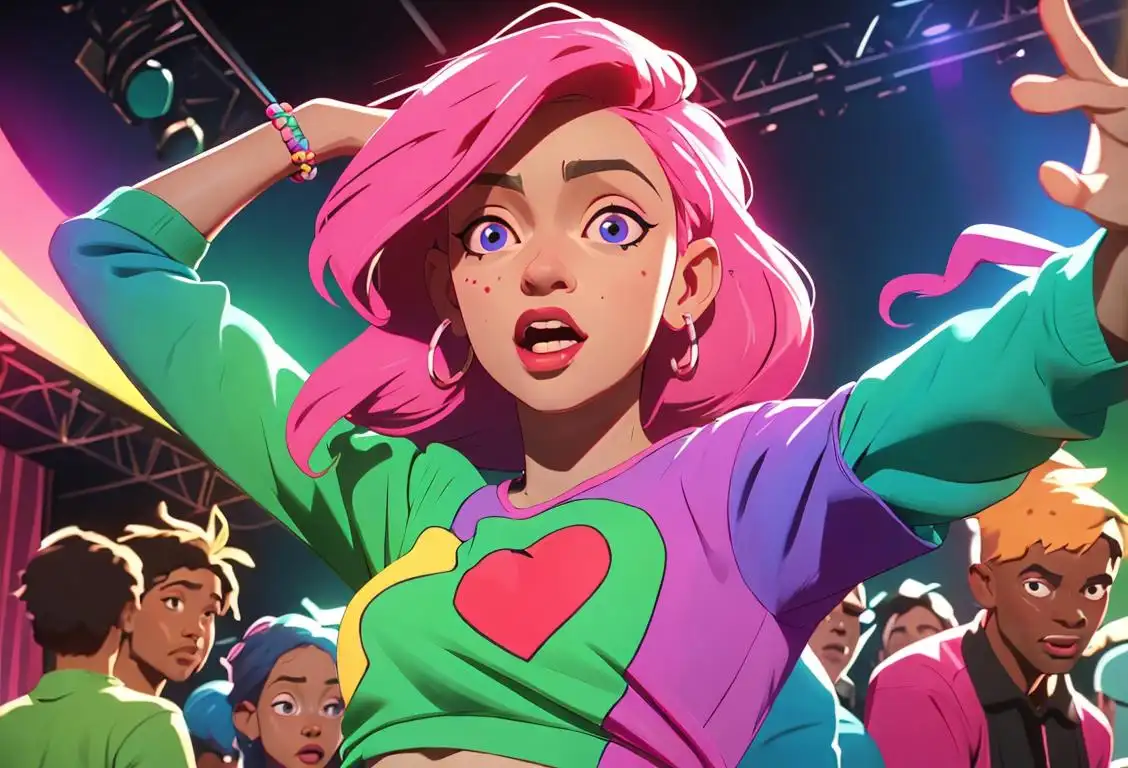National Jazz Day
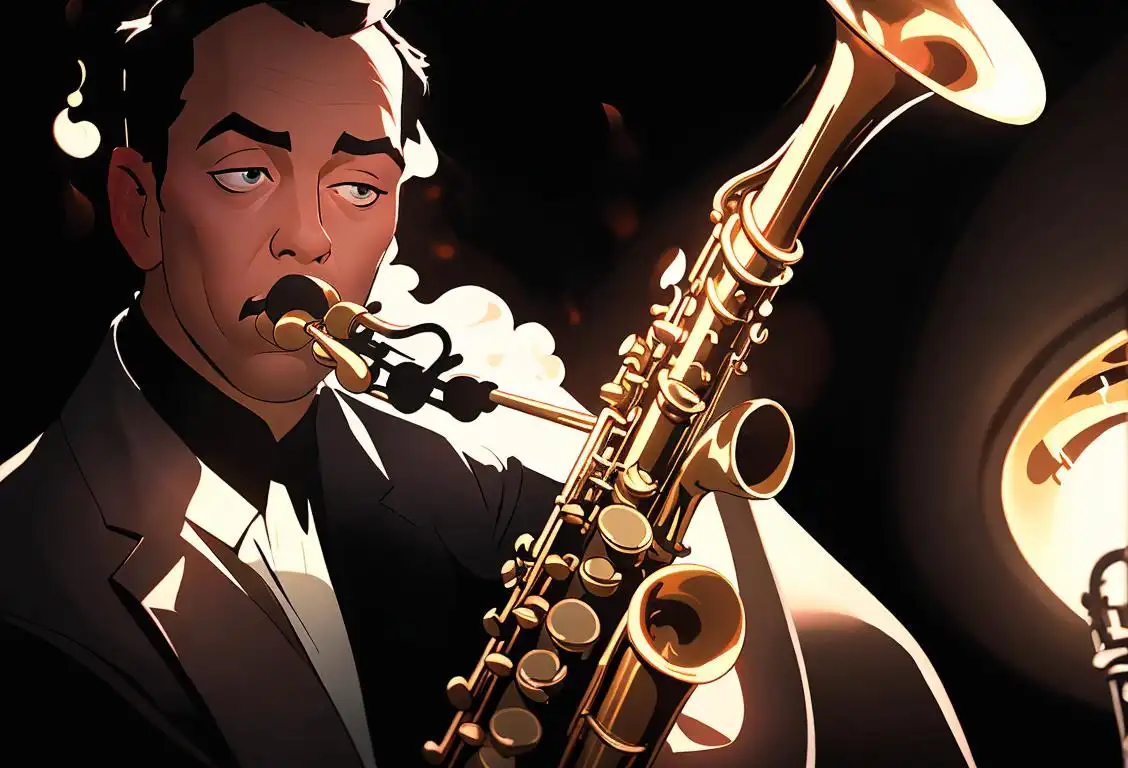
Get ready to tap your toes and swing to the rhythm because it's National Jazz Day! This toe-tapping national day is all about celebrating the soulful sounds of jazz music. From smooth melodies to improvisational solos, jazz has been captivating audiences for decades. So, grab your trumpet, dust off your saxophone, and let's dive into the history of National Jazz Day!
When is Jazz Day?
It's national jazz day on the 30th April.
A Brief History of Jazz
Jazz music originated in the late 19th century in African American communities in New Orleans. It has its roots in a blend of African and European musical traditions, combining elements of ragtime, blues, and gospel music. Jazz quickly gained popularity and spread across the United States, becoming a significant cultural movement in the 1920s known as the 'Jazz Age'.
This unique genre of music is characterized by its improvisation, syncopated rhythms, and distinctive swing feel. Jazz musicians often engage in musical conversations, playing off each other's melodies and solos to create a dynamic and expressive musical experience.
Celebrating National Jazz Day
To celebrate National Jazz Day, music lovers around the world come together to appreciate and enjoy the artistry of jazz. Concerts, festivals, and jam sessions are held in various cities, showcasing both established jazz musicians and emerging talents.
Whether you're a seasoned jazz enthusiast or new to the genre, National Jazz Day offers a perfect opportunity to explore the mesmerizing world of jazz music. You can attend live performances, listen to jazz albums, or even try your hand at playing a jazz instrument.
Did You Know?
Did you know that jazz has influenced numerous other music genres, including rock, hip-hop, and funk? Its improvisational nature and infectious rhythms have inspired artists across different musical landscapes. So, the next time you're toe-tapping to your favorite tune, remember that jazz has likely played a part in shaping that sound!
History behind the term 'Jazz'
1895
Birth of a New Musical Genre
In 1895, the term 'jazz' came into existence as a way to describe a new and exciting form of music that emerged in the African-American communities of New Orleans, Louisiana. This musical genre blended elements from West African and European musical traditions, creating a unique and vibrant sound.
1917
The Jazz Age Begins
The year 1917 marked the beginning of what is now known as the 'Jazz Age.' It was during this time that jazz music started to gain widespread popularity and recognition. Talented musicians like Louis Armstrong and Duke Ellington rose to prominence, captivating audiences with their innovative improvisation and rhythmic complexity.
1920s
Jazz Spreads Across America
During the 1920s, jazz migrated from New Orleans and spread like wildfire across the United States. The energetic and infectious beats of jazz found a home in cities like Chicago, New York, and Kansas City. Jazz clubs and speakeasies became the go-to spots for those seeking an electrifying night of music and dance.
1930s
Swing Era Dominates
In the 1930s, the swing era took the jazz scene by storm. Swing music, characterized by its lively tempos and memorable melodies, became immensely popular. Big bands led by legendary bandleaders such as Count Basie and Benny Goodman brought swing into the mainstream, filling ballrooms and dance halls with enthusiastic dancers.
1940s
Bebop Revolutionizes Jazz
The 1940s witnessed the rise of bebop, a style of jazz that emphasized improvisation and intricate melodies. Musicians like Charlie Parker and Dizzy Gillespie pushed the boundaries of jazz, ushering in a new era of virtuosity and technical prowess. Bebop paved the way for future developments in jazz and inspired generations of musicians.
1950s
Cool Jazz and Hard Bop
During the 1950s, jazz continued to evolve with the emergence of cool jazz and hard bop. Cool jazz, exemplified by artists like Miles Davis, offered a more relaxed and introspective sound. On the other hand, hard bop, championed by musicians like Art Blakey and Horace Silver, infused jazz with elements of rhythm and blues.
1960s
Free Jazz and Fusion
The 1960s marked a period of experimentation and innovation in jazz. Free jazz, pioneered by Ornette Coleman and John Coltrane, challenged traditional musical structures and embraced improvisation at its core. In the latter half of the decade, fusion jazz emerged, blending jazz with other genres like rock, funk, and soul.
Present Day
Jazz as a Global Phenomenon
Today, jazz continues to captivate audiences worldwide. It has become a truly global phenomenon, with musicians from various cultures and backgrounds incorporating jazz influences into their music. Jazz festivals, such as the renowned Montreux Jazz Festival, celebrate the richness and diversity of this extraordinary genre.
Did you know?
Did you know that Louis Armstrong, one of the most influential jazz musicians of all time, was nicknamed 'Satchmo'? His distinctive gravelly voice and virtuosic trumpet playing continue to inspire generations of musicians.Tagged
celebration culture musicFirst identified
30th April 2015Most mentioned on
30th April 2015Total mentions
77Other days
Jay Z Day
Band Day
Louisiana Day
Xhosa Day
Reggae Day
Bagpipe Day
Barbershop Quartet Day
Dubstep Day
Jazz Day
Dub Day
